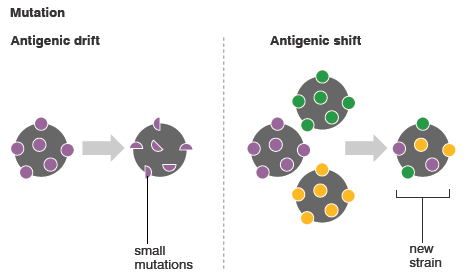Antigenic Drift Nature of antigenic variation: Minor Mechanism: Gradual accumulation of amino acid substitutions due to point mutation in the hemagglutinin (H) and neuraminidase (N) genes. As mutations accumulate, antibodies generated by exposure to previous strains do not neutralize current strains to the same extent, resulting in only limited or…
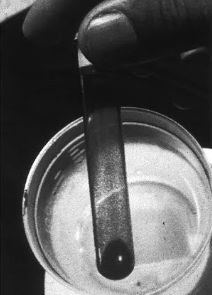
Bedside Cold Agglutinin Test for Mycoplasma
Definition of Cold Agglutinin Cold agglutinins are polyclonal IgM that have specificity against the I-antigen on red cells, and often there is light chain restriction, with kappa being predominant. The infections associated with cold agglutinins are: Mycoplasma pneumoniae Epstein Barr virus Cytomegalovirus HIV Rubella Steps for Bedside Cold Agglutinin Test…
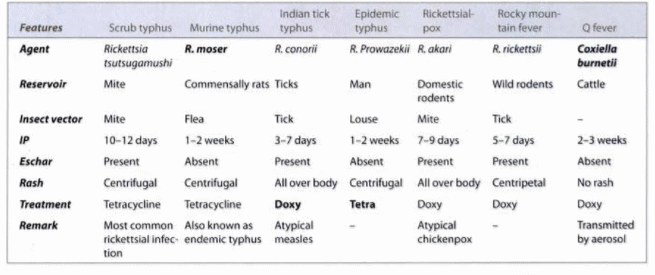
Rickettsial Diseases Made Easy
Important features of Rickettsia and Rickettsial Diseases Obligate intracellular parasites like Chlamydia – can survive only in host cells Cannot produce their own ATP, so they utilize the ATP of a host cell Gram negative coccobacillia, and short bacilli that grow strictly in eukaryotic cells (unable to grow in cell…
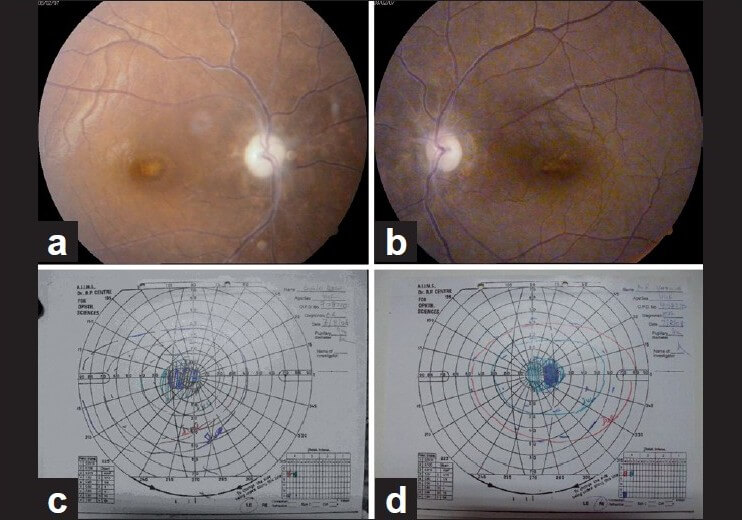
Ethambutol Induced Optic Neuropathy
Mechanism of Ethambutol induced optic neuropathy Ethambutol is metabolized to a chelating agent. The chelating agent formed then may impair the function of metal-containing mitochondiral enzymes, such as the copper containing cytochrome-c oxidase of complex IV and the iron containing NADH:Q oxidoreductase of complex I. These mitochondrial respiratory chain play…

Human Growth Hormone – Elixir of youth?
Human Growth Hormone (HGH) also known as somatotropin is synthesized and secreted by the acidophilic cells of pituitary gland in response to Growth hormone releasing hormone (GHRH). HGH is a protein (peptide) hormone composed of a chain of 191 amino acids. HGH production is inhibited by another hormone known as…
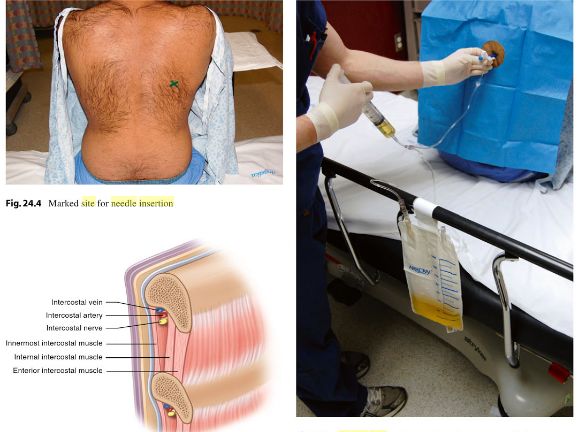
Thoracocentesis : Practical Essentials
Absolute contraindications of thoracocentesis There are no absolute contraindications to diagnostic thoracocentesis. If clinical judgement dictates that the information gained from the pleural fluid analysis may help in diagnosis and therapy, thoracocentesis should be performed. Necessity of an immediate alternative procedure such as open thoracostomy or thoracotomy is the only…
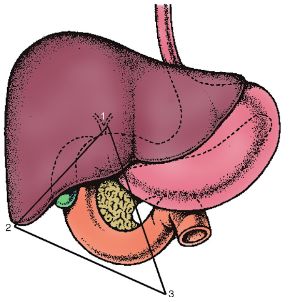
Gastrinoma (Passaro’s) triangle
Boundaries of Gastrinoma Triangle It is an imaginary triangle formed by 3 points in upper abdomen: Apex: Cystic duct-CBD junction Inferior point: 2nd part duodenum-3rd part duodenum junction Left lateral point: Pancreatic neck-body junction This area is located to the right of Superior Mesenteric Artery (SMA) i.e. Proximal duodenum and…
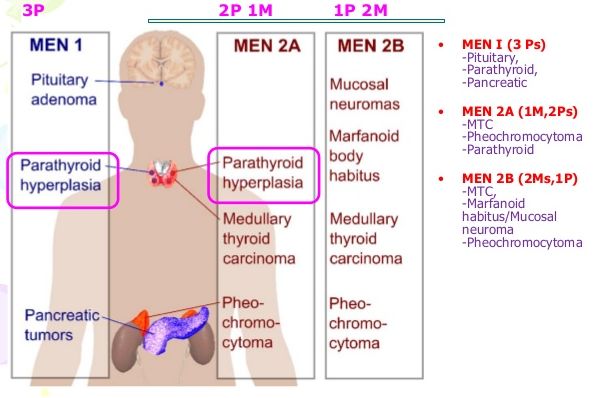
MEN syndrome : Mnemonics
MEN syndrome is an autosomal dominant (AD) predisposition to developing multiple endocrine tumors. Mnemonic: MEN are Dominant. Points to remember: MEN I or MEN 1 (Wermer’s syndrome) Mnemonic: 3 X P’s MEN IIA or MEN 2A (Sipple’s syndrome) Mnemonic: 3 X C’s MEN IIB or 2B (MEN III) Mnemonic: 2C 2M…
